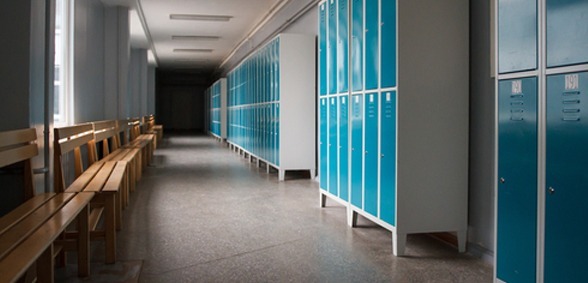
With student mental health an ever-pressing issues, are school buildings designed with wellbeing in mind? The spaces in which students learn can heavily influence their experience, so it may be time to rethink school facilities – and listen to students – concerning what they need from their school spaces
CREDIT: This edited story was first seen on tes
The foundation of learning is wellbeing. Healthy social and emotional development in childhood and adolescence has been shown to be positively associated with better educational outcomes. The quality of our environments directly affects our experience of wellbeing.
Often young people have negative experiences of spaces in schools, with a common complaint being that there aren’t enough social spaces to gather and build relationships. The results can be disengagement, disaffection or a sense of not feeling safe, affecting mental health, behaviour and attitudes – as well as learning.
To achieve excellence and equity in young people’s experiences across learning, more needs to be made of the spaces schools already have, and new environments need to be designed to better respond to changing wellbeing needs. ‘Design for wellbeing’ should be a key element of all school improvement plans, at all stages of learning, supported by an evidence-based approach to impact.
Giving pupils the spaces they need
To achieve this, Diarmaid Lawlor, director of Place with Architecture and Design Scotland, suggests a series of measures.
Firstly, there needs to be more participation by young people in the decision-making around changing and managing spaces in schools – we need to listen to what it is they want, and respond appropriately.
We also need more spaces within schools and learning spaces allocated to learner needs. This will involve creative thinking, and challenges to old patterns of use, to create new, multi-purpose spaces, more social spaces, more and different learning settings and more places where young people can feel relaxed enough to be themselves. In addition, diversifying the range of spaces within schools will help to better manage transitions between learning stages, enabling learners to make decisions with confidence, adapt spaces to their needs and find retreat and support spaces as they need.
As part of this we should be rethinking our use of the outdoors – recognising its role as a space for wellbeing and learning – and enabling more, learner-led, opportunities in these settings.
All of this requires a radical change in our thinking and our approach, but ensuring that consideration and understanding of design and space is a key element of teacher and practitioner training. Career-long professional learning will help to cement the long-term approach we need.
Don’t forget to follow us on Twitter, like us on Facebook, or connect with us on LinkedIn!

Be the first to comment